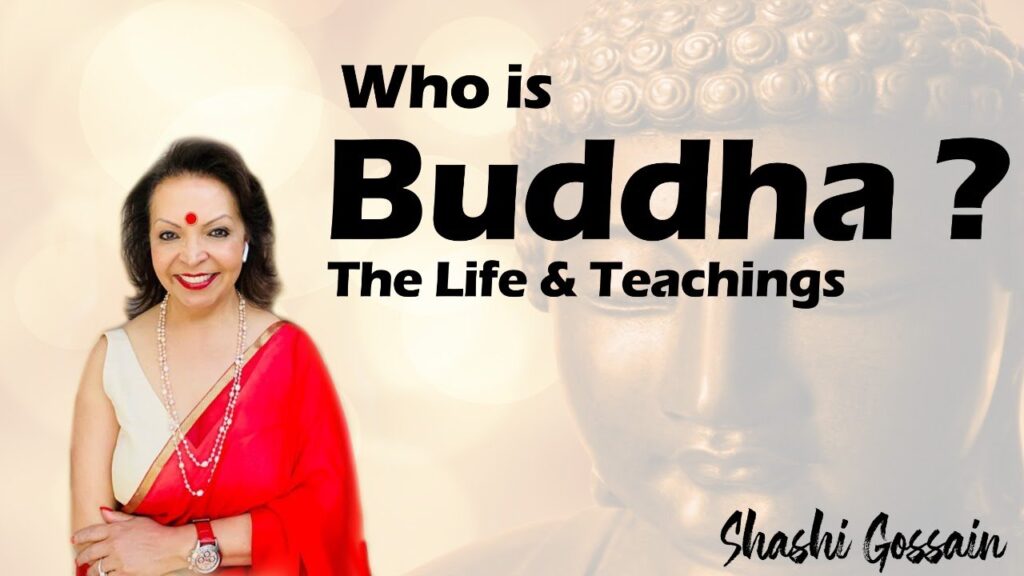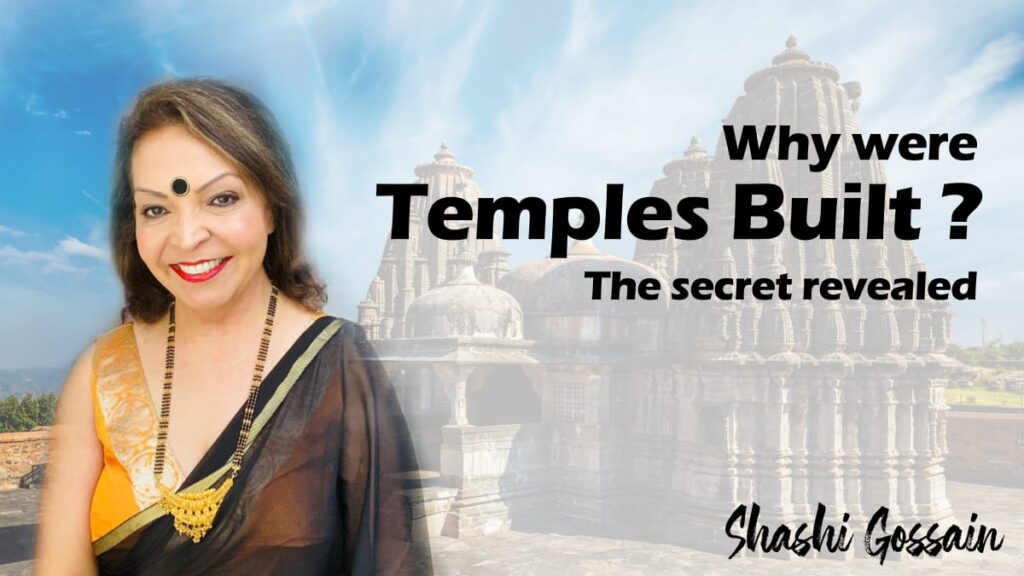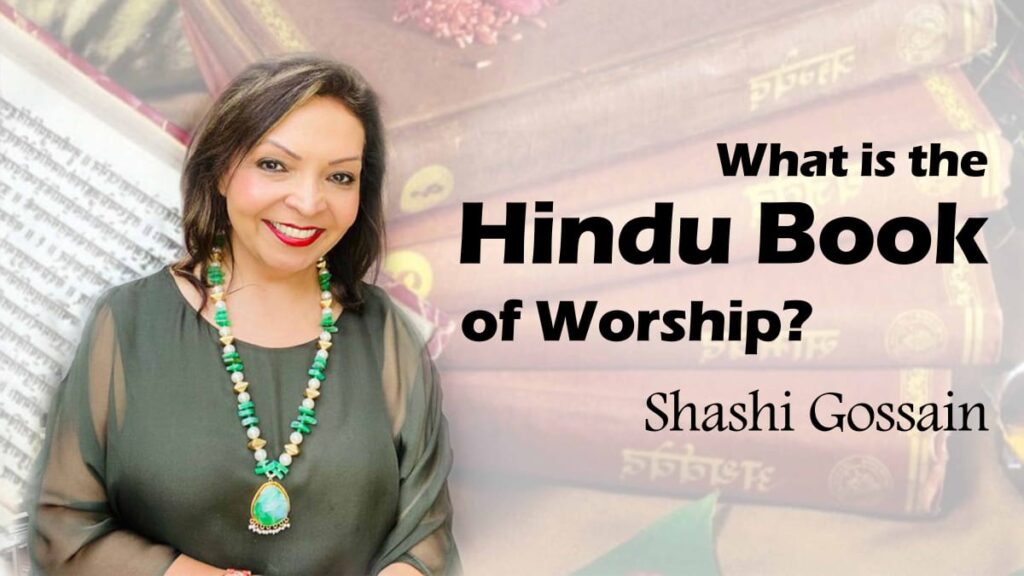Buddha, the iconic figure. I once visited a cave in Laos, where they had a collection of over 1,000 statues of buddhas from all shapes and sizes, made of different types of materials, e.g gold, silver, bronze, jade, wood, marble, rose marble to name a few.
Since biographies were written more than a century after his death, there is no conclusive text accepted by all the Buddhists countries. There are many local legends in various languages & regions.
The oldest surviving Buddhist manuscripts are the Gandharan Buddhist text, found in Afghanistan and written in Gandhari language, dating back to the 1st century BCE.
Buddha is usually depicted as a serene man, with an aura of peace. Buddha was not a God, but a man who had attained enlightenment. He is respected as he taught the principles of life & how anyone can also attain enlightenment.
Who was Buddha?
Siddartha Gautama was born in 567 BC in the Kosala region of ancient India, now in Nepal & died in Kasia, India & died at the age of approximately 80.
He was a philosopher, meditator, spiritual teacher & the founder of Buddhism, which is now the 4th major religion of the world today with about 600 million followers.
Prince Siddartha was born to a royal family of the Kshatriya clan, called Gautama. His father was King Shuddhodana & mother was Maya Devi, who died soon after his death. He was brought up by his aunt, Prajapati.
The birthday of Buddha is celebrated as Vesak, which falls on the first full moon in May.
According to a legend, during the birth celebrations, the hermit seer Asita saw the child had 32 marks of a great man and then announced that he would either become a great king or a great religious leader.
Siddharta enjoyed an opulent life within the palace & his father shielded him from exposure to the sorrows of the world, including old age, sickness & death.
At age 16 he married the beautiful princess Yashodhara.
How did Siddhartha Gautama become the Buddha or Enlightened One?
When Siddhartha was 29, his life underwent a profound change. One day, Siddharta asked the king if he could be shown their kingdom in his chariot.
The king gave his permission but first had all the sick and old people removed from the route. One old man escaped notice. The prince had never seen a weak & shrivelled man before & asked his companion of what was so strange about the man.
He was informed that the man was old & that everyone, including the king & him will one day become old & frail like him.
The first trip was followed by three more excursions beyond the palace walls. On these trips he saw:
- a sick person, then
- a corpse being carried to the cremation ground, and finally
- a man seated in meditation beneath a tree
Siddharta was shocked & disturbed and he asked the king for permission to leave the city and retire to the forest. The King was extremely upset, and tried to persuade him not to go.
The prince asked his father if he could ensure that he would never die, become ill, grow old, or lose his fortune.
The king replied that he could not & reluctantly had to give him permission.
The disillusioned prince resolved to leave the palace, his wife & son, Rahul, in search of a state beyond birth and death.
He travelled to the River Anomiya & cut off his hair & changed into a monk’s robes, which he had received from a Brahma deity. From that point on, he ate whatever was placed in his begging bowl.
Over the next six years, the prince studied meditation and learned to achieve deep states of blissful concentration.
He next joined a group of five ascetics, who had devoted themselves to the practice of extreme forms of self-mortification.
The prince excelled in this practices, eventually reducing his daily meal to one pea.
Buddhist art often represents him seated in the meditative posture in an emaciated form, with sunken eyes and protruding ribs. He concluded that extreme penance of the body is not the path to relieve suffering.
The prince vowed that he would sit under a tree and not rise until he had found the state beyond birth and death.
Legend has it that one night while he was meditating, he was attacked by wind, rain, rocks, weapons, hot coals, burning ashes, sand, mud, and darkness.
These were hurled by Mara, the god of desire, knew that the prince was seeking to put an end to desire and thereby free himself from Mara’s control. He transformed the hail of fury into a shower of blossoms. The prince remained unmoved and meditated on love.
One day, after years of meditation, he was awakened from the sleep of ignorance & achieved freedom from suffering.
During:
1st watch of the night, he had a vision of all of his past lives, recollecting his place of birth, name, caste, and even the food he had eaten.
2nd watch of the night, he saw how beings rise and fall through the cycle of rebirth as a consequence of their past deeds.
3rd watch of the night, the hours before dawn, he was liberated.
He had found a path of life, called “the Noble eightfold path”.
This happened under a pipal tree or bodhi tree in Bodh Gaya, Bihar, India.
He had understood the cycle of life & death was an entrapment according to one’s karma.
It was just misery and the ultimate spiritual goal should be liberation from this cycle.
He reveled in the experience & stayed near the tree for 7 more days.
He was enlightened. He became a Buddha. He had discovered four truths:
- Suffering (Dukkha) exists.
- There is a cause for suffering.
- There is an end to suffering.
- In order to end suffering, you must follow the 8-fold Path.
The Noble 8-fold Path is the path which leads to the end of suffering.
The four truths appears to be based “on an analogy with the Hindu Ayurveda diagnosis”, with the form: “disease, pathogen, health, cure”.
What were the main teachings of Buddha?
Buddha decided to enroll disciples to help him spread his beliefs. He had a dream that his 5 former comrades who had taught him asceticism, were in a deer park outside Varanasi. When he found them, they arose to greet him.
They asked the Buddha what he had understood since they left him. He responded by teaching them, “the wheel of the dharma in motion.”
Buddha then traveled throughout the Ganges plain, with his disciples, teaching his spiritual path & built a large following.
They initially taught:
- Meditation technics
- Yoga
- Monastic life
- Philosophy on life e.g. Karma
Buddha’s teachings were compiled in
- The Sutras: which contain his discourses & individual events in his life that led to his enlightenment 6 years later.
- The Vinaya: codes for monastic practise
later generations added:
- Abhidharma: biographies of Buddha
- Jataka tales: collection of stories about his past life & prediction of becoming a future Buddha.
In his first sermon, the Buddha spoke of the middle way between the extremes of
- self-indulgence
- self-mortification
he described both as fruitless.
What is the meaning of 8 fold path?
Buddha described the Noble 8-fold path:
- Right View: explained Karma. All our actions will have consequences after death
- Right Intention: renunciation of the home and adopting the life of a monk.
This aids in contemplation of:
- Impermanence
- Suffering
- Non-self
- Right Speech: no lying, no rude speech
- Right Action: no killing or injuring, no taking what is not given, no sexual acts
- Right Livelihood: beg to feed, only possessing what is essential to sustain life
- Right Effort: preventing the arising of desires
- Right Mindfulness: being mindful of the right teachings, being conscious of ones actions.
- Right Meditation: practicing four stages of “meditation”, resulting in equanimity.
Who were the first disciples of Buddha?
A few days after the first sermon, Buddha’s original five ascetics became the first members of the sangha, a community of monks.
Buddha soon attracted more disciples & his fame & teachings began to spread.
When Buddha’s father heard that his son was still alive, he sent many delegations to persuade his son to come back. But instead of conveying the invitation, they joined the disciples of the Buddha and became monks.
Buddha was persuaded by the 10th messenger to return to the city, where he was greeted with disrespect by clan elders.
Miraculously, Buddha, rose into the air. Fire and water issued from his body. This sight made all the elders bow down with reverence.
Because they did not know whether they should invite him for the noon meal, Buddha went begging from door to door, as was the norm for monks, instead of going to his father’s palace.
What happened to yashodhara after Buddha left?
His wife Yashodhara had remained faithful to him in his absence. When he returned, she bowed before him and placed her head on his feet. She eventually entered the order of nuns and became a nun.
She sent their young son Rahula to see his father and the Buddha ordained him a monk. This dismayed Buddha’s father. He explained to Buddha the great pain that he had felt when the young prince had renounced the world.
He asked, therefore, that in the future a son be ordained only with the permission of his parents. Buddha made this one of the rules of the monastic order.
How long did Buddha travel?
Buddha spent the next 45 years traveling extensively with a group of disciples:
- teaching the dharma
- practice of refuge & meditation
- the five precepts: not to
- kill humans
- steal
- engage in sexual misconduct
- lie
- use intoxicants
His disciples joined the sangha, the community of monks, who traveled far & wide to spread his teachings.
At the request of his widowed aunt, Prajapati, Buddha also established an order of nuns for women who followed his teachings. Patrons built shelters for their use, which later became monasteries.
The early Buddhist texts depict the Buddha as promoting the life of a homeless & celibate as the ideal way of life for the practice of the path.
The monks & nuns were supposed to rely on the wider lay community for the basic necessities e.g. food, clothing & lodging
They were not allowed to store up food or eat afternoon.
Why did Devadatta try to kill Buddha?
A dispute arose within the community.
Buddha’s cousin, Devadatta, led a faction that favored more rigorous discipline e.g. monks should live in the open.
When Buddha refused to name Devadatta as his successor, Devadatta attempted to kill him three times.
Unable to settle the dispute, the Buddha retired to the forest to live with elephants for an entire rainy season.
What did Buddha say when he died?
Shortly before his death, Buddha had told his companion Ananda, that a buddha can, if requested, extend his life span.
Mara, the god he had defeated, appeared and reminded the Buddha of his promise to him, made shortly after his enlightenment, to pass into nirvana when his teaching was complete.
Ananda begged him not to do so, but the Buddha explained that the time had come for him to go.
Buddha had instructed his followers to cremate his body, and then to distribute the ashes among various groups of followers, who were to enshrine them in hemispherical structures called stupas.
His body lay in a coffin for seven days before being cremated by his disciples.
After the cremation, armed men arrived from seven other regions and demanded the relics.
What does Buddhists do after death?
In order to avert bloodshed, a monk divided the relics into eight portions.
It’s said that 10 sets of relics were enshrined:
- 8 from portions of the Buddha’s remains
- 1 from the pyre’s ashes, and
- 1 from the bucket used to divide the remains
The relics were subsequently collected and enshrined in a single stupa.
More than a century later, King Ashoka is said to have redistributed the relics in 84,000 stupas.
Stupas are a physical reminder of the Buddha in the world, despite his apparent passage into nirvana. There are 3 types of nirvana:
- “nirvana with remainder,” when he received enlightenment. It’s the karmas that remained after nirvana.
- “nirvana without remainder” that happened at his death, because nothing remained to be reborn after his death.
- “final nirvana of the relics.”
According to Buddhist belief, one day, the relics will re-assemble to form the Buddha, seated in the lotus posture under the Bo tree, emitting rays that will light up10,000 worlds.
They will be worshiped by the gods one last time before bursting into flames and disappearing.
Buddhist pay homage to Buddha’s metaphorical body, called “dharmas”, such as his:
- wisdom
- compassion
- fortitude
- patience
The physical & mental qualities of the Buddha were written in poetry, as a series of epithets. These epithets were:
- commented upon in texts
- inscribed on stupas
- recited aloud in rituals
- contemplated in meditation
In Hinduism, Buddha is also widely depicted as the 9th avatar of Lord Vishnu.
Both Hinduism & Buddhism are very similar, with the exception of two points.
Buddha said there was no inner self or Atmaa, nor is there any God.




Brawo! tak trzymać. Widaż, ze dbasz o merytoryczne wpisy na Twoim blogu są ciekawe i b. wartościowe, Dzieki i zapraszam do siebie…
I recently had my websites rebuilt and i am trying to find new ways to make it better.Your design is quite nice and your posts are well-structured. I though that it would be nice to say that i will use some of your “know-how”.